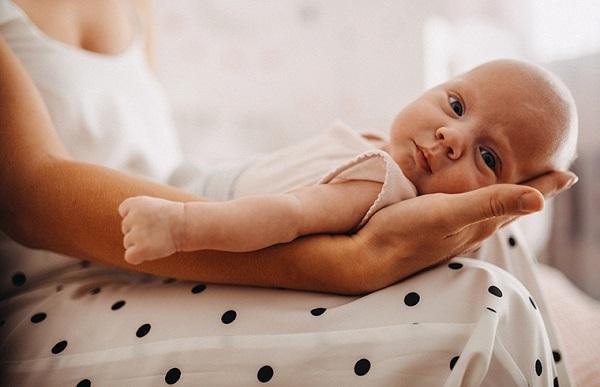Preparing the nursery for your new arrival is an exciting and joyful experience.
However, it's crucial to ensure that the nursery is a safe and secure environment for your baby. Creating a nursery safety checklist will help you identify potential hazards and take necessary precautions to protect your little one.
In this article, we will provide you with an essential nursery safety checklist to ensure that your baby's space is free from potential dangers.
1. Crib Safety
- Choose a sturdy crib that meets safety standards and has slats spaced no more than 2 3/8 inches apart.
- Ensure that the crib mattress fits snugly with no gaps around the edges.
- Remove soft bedding, such as pillows, stuffed animals, and heavy blankets, from the crib to reduce the risk of suffocation.
- Position the crib away from windows, curtains, cords, and furniture to prevent accidents.
2. Safe Sleep Environment
- Use a firm mattress with a fitted crib sheet.
- Avoid using crib bumpers, as they can pose a suffocation or entanglement hazard.
- Keep the room temperature comfortable and dress your baby appropriately for sleep.
3. Furniture Safety
- Secure heavy furniture, such as dressers and bookcases, to the wall to prevent tipping.
- Use furniture corner guards to protect your baby from sharp edges.
- Keep cords from blinds and curtains out of reach or use cordless options.
4. Electrical Safety
- Cover electrical outlets with safety plugs or outlet covers.
- Secure cords and keep them out of your baby's reach.
- Use cord organizers to prevent tripping hazards.
5. Baby Monitor
- Install a baby monitor with a clear view of the crib to keep an eye on your baby when you're not in the room.
- Ensure that the monitor is placed at a safe distance from the crib to avoid any entanglement risks.
6. Window Safety
- Install window guards or window stops to prevent falls.
- Keep furniture away from windows to prevent climbing hazards.
7. Dresser Safety
- Securely anchor dressers and chests to the wall to prevent tipping.
- Store heavy items in lower drawers to maintain stability.
8. Baby Proofing
- Install safety gates at the top and bottom of stairs and in doorways to limit your baby's access to potentially dangerous areas.
- Use cabinet locks and drawer latches to keep hazardous items out of reach.
- Cover sharp corners on furniture with corner guards.
Conclusion
Creating a safe nursery for your baby is a vital step in ensuring their well-being. By following this essential nursery safety checklist, you can identify potential hazards and take proactive measures to prevent accidents. Remember to regularly inspect the nursery for any new safety concerns as your baby grows and becomes more mobile. With a safe and secure environment, you can provide your little one with a space where they can thrive, explore, and grow with peace of mind.










